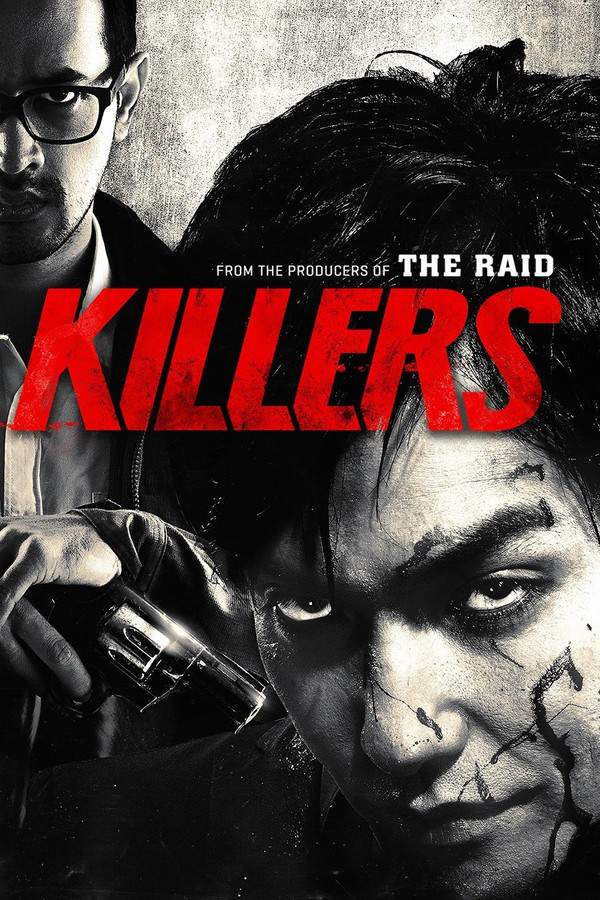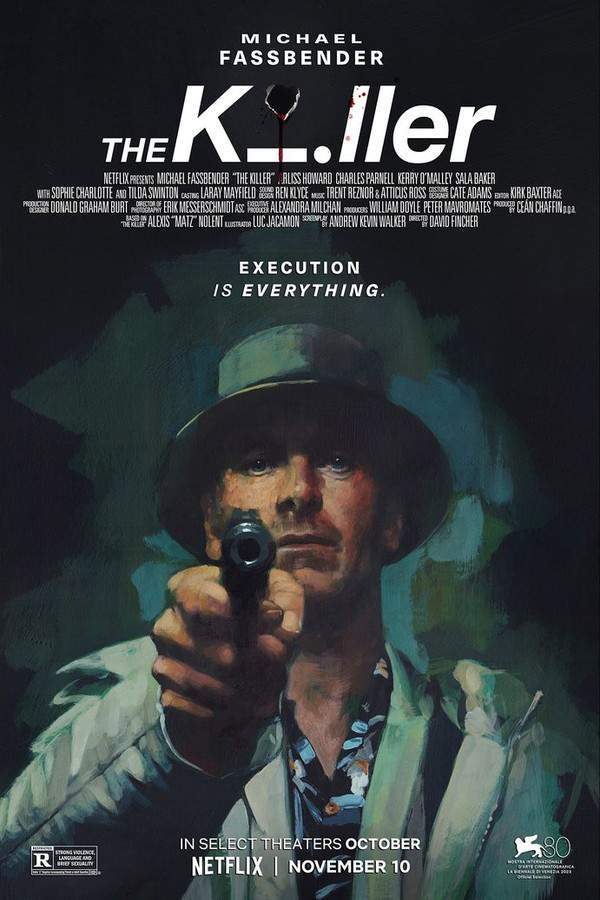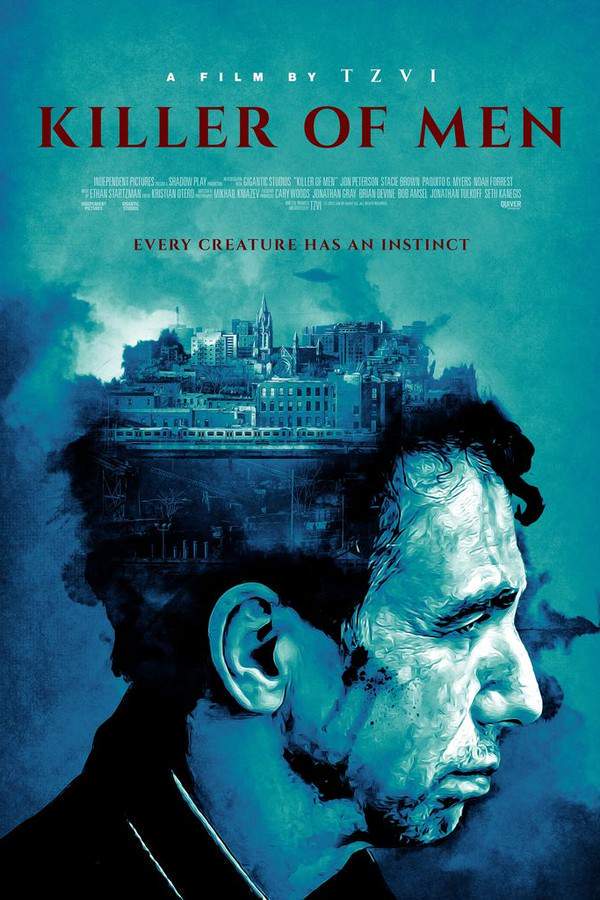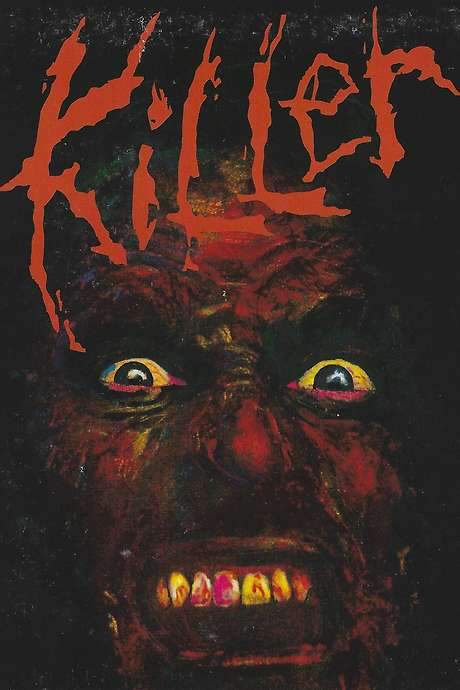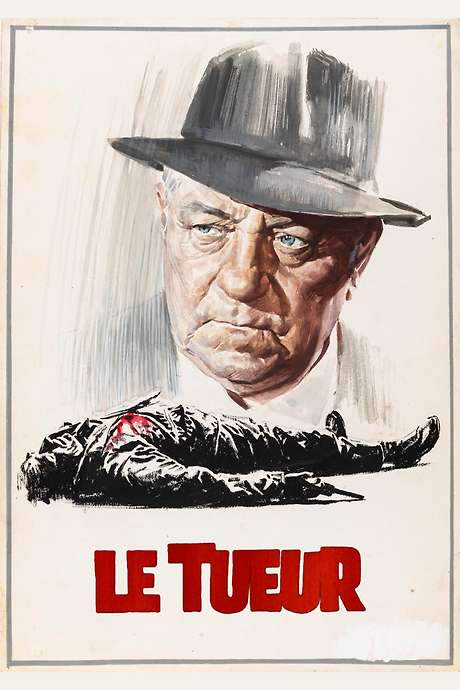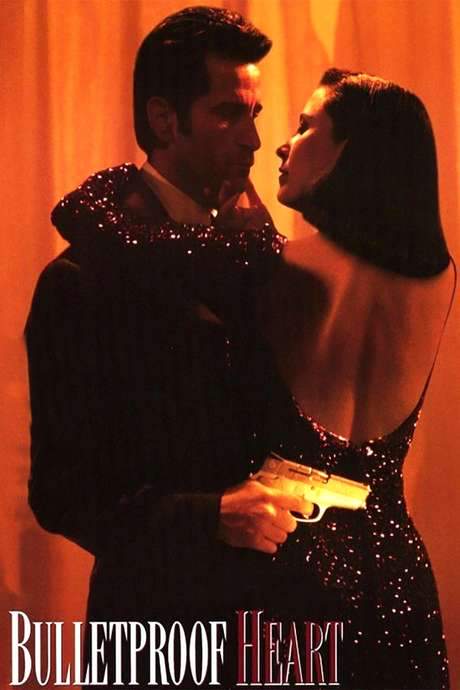
Killer: A Journal of Murder
Year: 1995
Runtime: 91 mins
Language: English
Director: Tim Metcalfe
A liar, thief and murderer who despises humanity, Carl Panzram is sent to Leavenworth for burglary. After a brutal beating by a guard, rookie officer Henry Lesser sympathizes, befriends him and persuades Panzram to write his memoir. As Lesser reads, he learns of Panzram’s violence and a glimpse of humanity that challenges staff assumptions.
Warning: spoilers below!
Haven’t seen Killer: A Journal of Murder yet? This summary contains major spoilers. Bookmark the page, watch the movie, and come back for the full breakdown. If you're ready, scroll on and relive the story!
Killer: A Journal of Murder (1995) – Full Plot Summary & Ending Explained
Read the complete plot breakdown of Killer: A Journal of Murder (1995), including all key story events, major twists, and the ending explained in detail. Discover what really happened—and what it all means.
Carl Panzram (James Woods) is introduced as a dangerous, repeat offender whose crimes span robbery, violence, and a chilling pattern of brutality. He is serving time once again at Leavenworth penitentiary for burglary, a sentence that threads through a larger portrait of a man shaped by a brutal early-20th-century world. The story centers on a developing, uneasy dynamic between Panzram and a young prison guard, Henry Lesser (Robert Sean Leonard). Lesser, at the start of his career, approaches the prison’s grim environment with a belief in reform and a desire to see people change for the better. This belief draws him into an unlikely correspondence with Panzram, whom he invites to write and tell his life story.
As the pages of Panzram’s confession unfold, a troubling record emerges: murders, vicious assaults, and a cascade of violence against men and boys. He lays out the circumstances he believes shaped his cruel impulses, and the act of writing becomes a mirror that forces Lesser to confront the depths of a psyche marked by nihilism and cold calculation. Across their exchanges, the two men form a complicated relationship—one built on the guard’s hope for rehabilitation and the inmate’s insistence on the unflinching honesty of his own past. The film carefully traces this tension, showing how Lesser’s earnest efforts to guide, understand, and perhaps rehabilitate are tested by the sheer scale of Panzram’s crimes.
A pivotal moment arrives when Panzram is granted a furlough, a test of the rehabilitation project that he seems to mock with chilling indifference. During this reprieve, he rapes a woman, a brutal act that shatters the program’s fragile promise and leads to his immediate return to prison. The narrative then follows the consequences of his violent life as Panzram faces a harsh verdict: he is convicted and sentenced to death. Lesser, trying to sway him to seek clemency through insanity, finds the inmate unmoved by appeals to mercy, and Panzram openly refuses any apology or excuses. In one of the film’s starkest moments, he declares, “I want out of this body, I want out of this life!”
The execution scene, set in 1930 at Leavenworth, marks the culmination of a life defined by defiance and defilement of others. Panzram is hanged, and in his final hours he rejects a priest and refuses to seek mercy. He also presses the executioner for speed, urging a blunt, piercing mantra: “Hurry up, you Hoosier bastard. I could kill ten men while you’re fooling around here.” The weight of his death ripples through the prison, provoking a conflicted response in Lesser, who remains haunted by the violence that defined his subject’s life.
Beyond the courtroom and the cell doors, the film delves into Lesser’s marital relationship with Esther (Cara Buono), a secondary, but emotionally resonant thread in the narrative. Their brief, intimate moments reveal the strain that working with such a dangerous, nihilistic figure places on a household and a personal sense of normalcy. Lesser confides to Esther the moral complexities, the fear, and the moral questions raised by his interactions with Panzram. Esther’s struggle to grasp the world her husband must navigate—one where brutality and the will to survive clash with any humane impulse—adds a poignant counterpoint to the grim history being recounted.
Throughout the film, the veneer of rehabilitation clashes with the stark reality of Panzram’s acts, raising difficult questions about forgiveness, accountability, and the limits of reform. The portrayal does not shy away from the horror of Panzram’s crimes, but it also refuses to reduce Lesser’s experience to simple triumph or failure. Instead, it chronicles a nuanced, sometimes painful, exchange between two men whose lives intersect within the rigid, unforgiving confines of a penitentiary system that is trying—and sometimes failing—to shape the human beings within it.
Last Updated: October 09, 2025 at 11:08
Unlock the Full Story of Killer: A Journal of Murder
Don't stop at just watching — explore Killer: A Journal of Murder in full detail. From the complete plot summary and scene-by-scene timeline to character breakdowns, thematic analysis, and a deep dive into the ending — every page helps you truly understand what Killer: A Journal of Murder is all about. Plus, discover what's next after the movie.
Killer: A Journal of Murder Timeline
Track the full timeline of Killer: A Journal of Murder with every major event arranged chronologically. Perfect for decoding non-linear storytelling, flashbacks, or parallel narratives with a clear scene-by-scene breakdown.

Characters, Settings & Themes in Killer: A Journal of Murder
Discover the characters, locations, and core themes that shape Killer: A Journal of Murder. Get insights into symbolic elements, setting significance, and deeper narrative meaning — ideal for thematic analysis and movie breakdowns.

Similar Movies to Killer: A Journal of Murder
Discover movies like Killer: A Journal of Murder that share similar genres, themes, and storytelling elements. Whether you’re drawn to the atmosphere, character arcs, or plot structure, these curated recommendations will help you explore more films you’ll love.
Explore More About Movie Killer: A Journal of Murder
Killer: A Journal of Murder (1995) Scene-by-Scene Movie Timeline
Killer: A Journal of Murder (1995) Movie Characters, Themes & Settings
Killer: A Journal of Murder (1995) Spoiler-Free Summary & Key Flow
Movies Like Killer: A Journal of Murder – Similar Titles You’ll Enjoy
Killers (2015) Plot Summary & Ending Explained
The Killer (2023) Complete Plot Breakdown
Killer of Men (2024) Full Summary & Key Details
Killing Words (2003) Spoiler-Packed Plot Recap
Amateur Porn Star Killer (2006) Full Movie Breakdown
A Killer in the Family (1983) Spoiler-Packed Plot Recap
Killer! (1989) Full Summary & Key Details
15 Killings (2020) Full Movie Breakdown
Killer! (1989) Ending Explained & Film Insights
The Killer Inside Me (1976) Complete Plot Breakdown
How to Be a Serial Killer (2008) Full Summary & Key Details
Killer (1972) Film Overview & Timeline
Killer (1998) Story Summary & Characters
Killer (1994) Film Overview & Timeline
The Killer Is Loose (1956) Ending Explained & Film Insights



